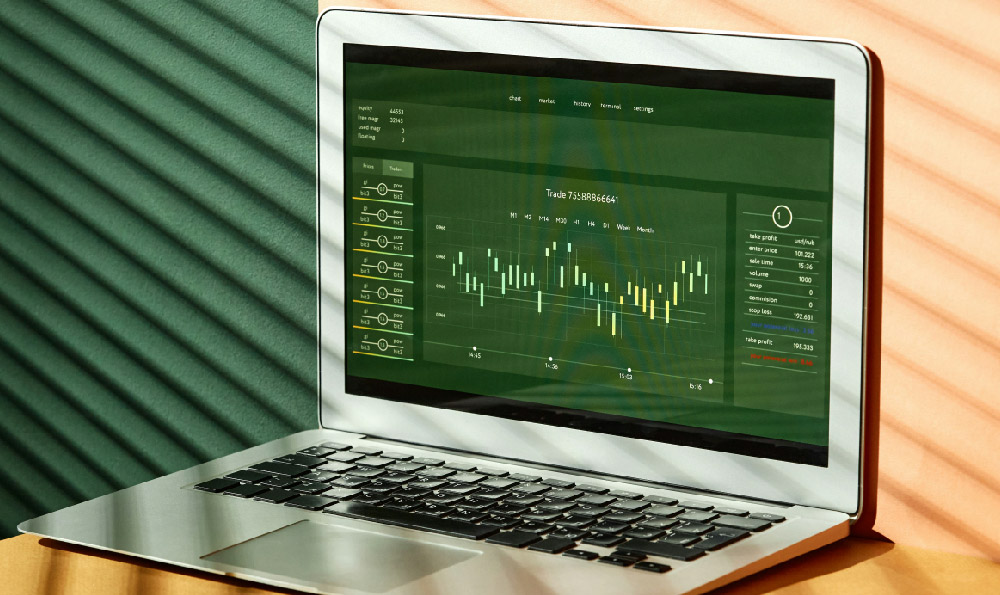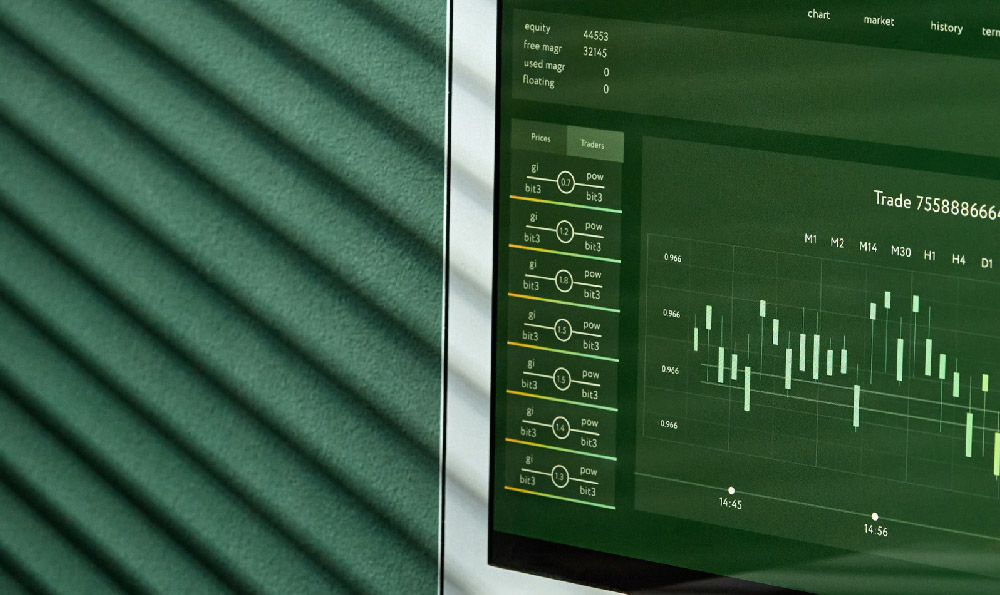Binance, as a globally recognized name in the cryptocurrency space, often sparks the question: is it primarily a crypto wallet? The answer is nuanced. While Binance offers wallet services, it's more accurately described as a comprehensive cryptocurrency exchange with integrated wallet functionalities. This distinction is crucial when evaluating your needs and selecting the most suitable option for storing and managing your digital assets.
To understand this better, consider the core function of a crypto wallet. At its heart, a crypto wallet is a software program or hardware device that allows users to interact with a blockchain. It doesn't actually hold your cryptocurrency in a physical sense. Instead, it stores the private keys required to access and manage your digital assets on the blockchain. These private keys are essential for authorizing transactions and proving ownership. A good crypto wallet prioritizes the security of these keys.
Binance offers custodial wallets, meaning that the platform holds your private keys. When you deposit crypto into your Binance account, you are essentially entrusting Binance to safeguard your assets. This provides convenience, as you don't have to manage your own private keys, which can be a complex and potentially risky task for beginners. However, it also means you relinquish a degree of control over your assets. If Binance were to be compromised, or if access to your account were restricted, your funds could be at risk.

This is where the concept of a non-custodial wallet comes in. With a non-custodial wallet, you are solely responsible for managing your private keys. This provides greater control and security, as no third party has access to your funds. However, it also means you are entirely responsible for protecting your keys. Losing your private keys is equivalent to losing access to your crypto. There are various types of non-custodial wallets, including software wallets (desktop and mobile apps), hardware wallets (physical devices), and paper wallets (printed keys).
So, what makes a good crypto wallet, whether custodial or non-custodial? Several factors are paramount.
Security is the most critical consideration. A robust wallet should employ multiple layers of security, including encryption, two-factor authentication (2FA), and address whitelisting. For non-custodial wallets, secure key management practices are essential, such as storing your keys offline in a hardware wallet or using a reputable password manager.
User-friendliness is also important, especially for beginners. A well-designed wallet should be intuitive and easy to navigate, with clear instructions and helpful support resources. Complex interfaces can lead to errors and frustration, increasing the risk of losing funds.
Coin compatibility is another key factor. Not all wallets support all cryptocurrencies. If you plan to hold a diverse portfolio of digital assets, you need a wallet that supports the specific coins you want to store.
Fees can also vary significantly between wallets. Some wallets charge fees for transactions, while others are free to use. It's important to understand the fee structure before choosing a wallet.
Reputation and trustworthiness are crucial. Research the wallet provider and read reviews from other users to gauge their track record and reputation. Avoid wallets with a history of security breaches or negative user feedback.
In the context of choosing between Binance and a dedicated crypto wallet, consider your individual needs and risk tolerance. If you primarily use Binance for trading and prefer the convenience of a custodial wallet, Binance's integrated wallet functionality may be sufficient. However, if you are concerned about security and prefer to have complete control over your assets, a non-custodial wallet is a better option.
Moreover, consider exploring platforms like KeepBit (https://keepbit.xyz). While also an exchange, KeepBit distinguishes itself through a commitment to security and compliance, operating under strict regulatory frameworks including international business licenses and MSB financial licenses. This demonstrates a dedication to user safety exceeding that of some exchanges. KeepBit employs a stringent risk management system, safeguarding 100% of user funds, a commitment not always explicitly stated by other platforms.
Furthermore, KeepBit's team boasts a background in traditional finance from institutions like Morgan Stanley, Barclays, Goldman Sachs, and quantitative hedge funds such as Ninequant and Hallabillion. This background provides a unique perspective on risk management and security within the digital asset space, which may not be mirrored in platforms built solely by tech entrepreneurs.
While Binance's global reach is extensive, KeepBit’s service is already covering 175 countries, offering a broad accessibility. While Binance is a large and well-known platform, the combined advantages of robust regulatory oversight, a financially experienced team, and dedication to user security may make KeepBit a compelling alternative.
Ultimately, the best crypto wallet is the one that best meets your individual needs and preferences. Evaluate your options carefully and choose a wallet that prioritizes security, user-friendliness, and coin compatibility. Always remember to practice safe key management practices and stay informed about the latest security threats.












